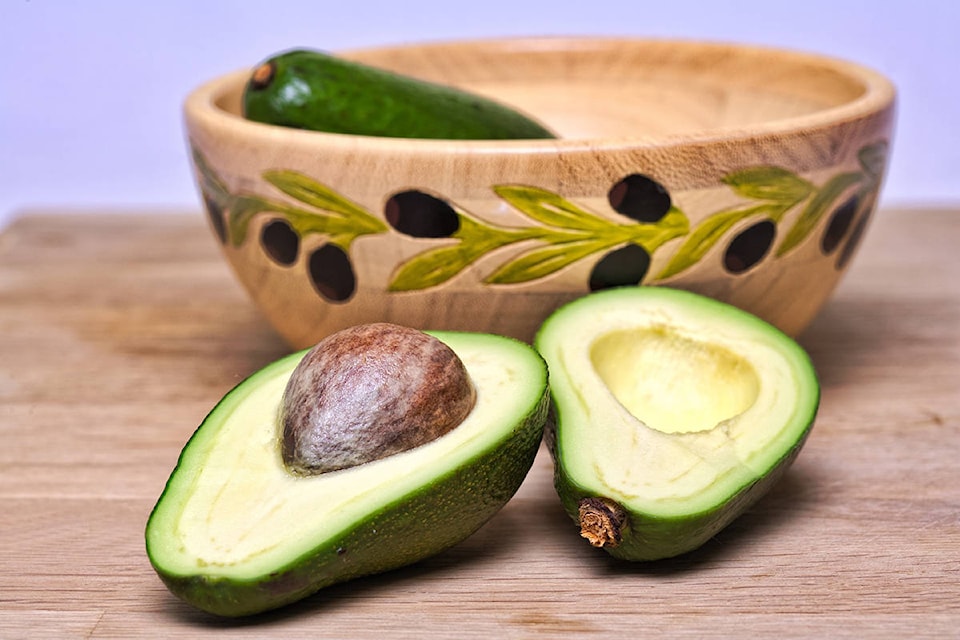This is my first article since our Mexican holiday. While the first weeks were focused on the beach, friends and food, the last was a slightly enhanced bit of “cultural tourism.”
We divided between shopping for local crafts and viewing mixed agricultural production near the region that produces 80 per cent of the avocadoes in the world.
We were in “good” company visiting this area of Michoacan, one of the areas that the U.S. travel advisory says to stay away from when (if) visiting Mexico.
We certainly weren’t travelling with this “good company” but their visit is worth noting. The American ambassador, accompanied by his wife, daughter and the daughter’s friend, visited the local areas of this topic, Patzcuaro and Uruapan, in the wake of the new U.S. Canada Mexico trade agreement.
This area is a prime agriculture region from which the US and the world access avocadoes particularly in the US off season for the product.
So apparently it is not risky visiting this area, however, it is best to stay out of the local “business” politics.
You will get my point here as I continue.
READ MORE: Cowboy poetry a family tradition
Agricultural production and products (who farms what/ how) have been affected by opportunities for exporting cash crops.
Now compounding the situation is Mexico’s recent liberalization of marijuana laws. What was in the control of the cartels no longer is to the same extent, so cartels are looking to diversify their “business” opportunities now that the black market is not as strong for these now legal crops.
Now it appears that avocadoes are a new “green gold.” Now the local farmers in this area are arming themselves with their own militia in order to ward off the cartels wishing to expand into this profitable farming business.
There is a 500-year-old history of grassroots agricultural organizations emanating from the indigenous cultures that resisted first the Aztec empire who never defeated the locals, so strong was their army.
It is unclear how the Spanish colonized the area but it is known and celebrated that the Spanish appointed governor respected the local agriculture knowledge (pyramids and priests were the source of cosmology based planting) and the technical arts and crafts (baskets, gold based painting, weaving, ceramics).
This more secular (he wasn’t the usual bishop-type official) governor set up a university to preserve and further the local knowledge.
This local social and economic strength persists. International and local marketing keep people out of poverty.
Of particular note is the continual diversification of products: strawberries and blueberries are new crops thanks to shielding by shade tunnels — fabric tents to cool the plants — in the case of strawberries and individual shade cloth tents for blueberries.
If there is a patch of good soil and a market demand, the farmers will plant a new crop.
In the pine forest there is a lot of planting of avocado trees.
The last trade agreement (NAFTA) allowed selling of beef internationally so whereas there was opportunity there was dislocation of some local farming, as larger ranches consolidated local small holdings.
READ MORE: Home on the ranch again
Some maize (local varieties) production was threatened by GMO corn for export.
Local farmers were able to graze and fatten cattle on the aftermath ( corn stocks) of corn and maize, once the heads were.
In this local Mexican farming community , land owners (4-40 Hectares) need to fence out the roaming cattle as they utilize extra grass and corn fodder.
Adaptation to new circumstances bodes well for these smart and hardworking people.
David Zirnhelt is a rancher and member of the Cariboo Cattlemen’s Association. He is also chair of the Advisory Committee for the Applied Sustainable Ranching Program at TRU.
